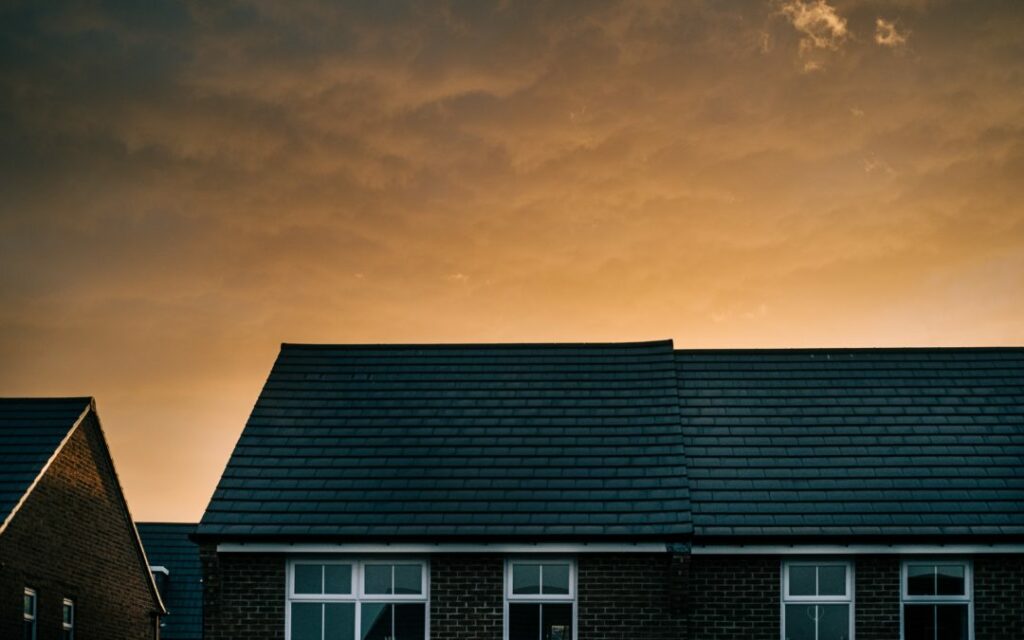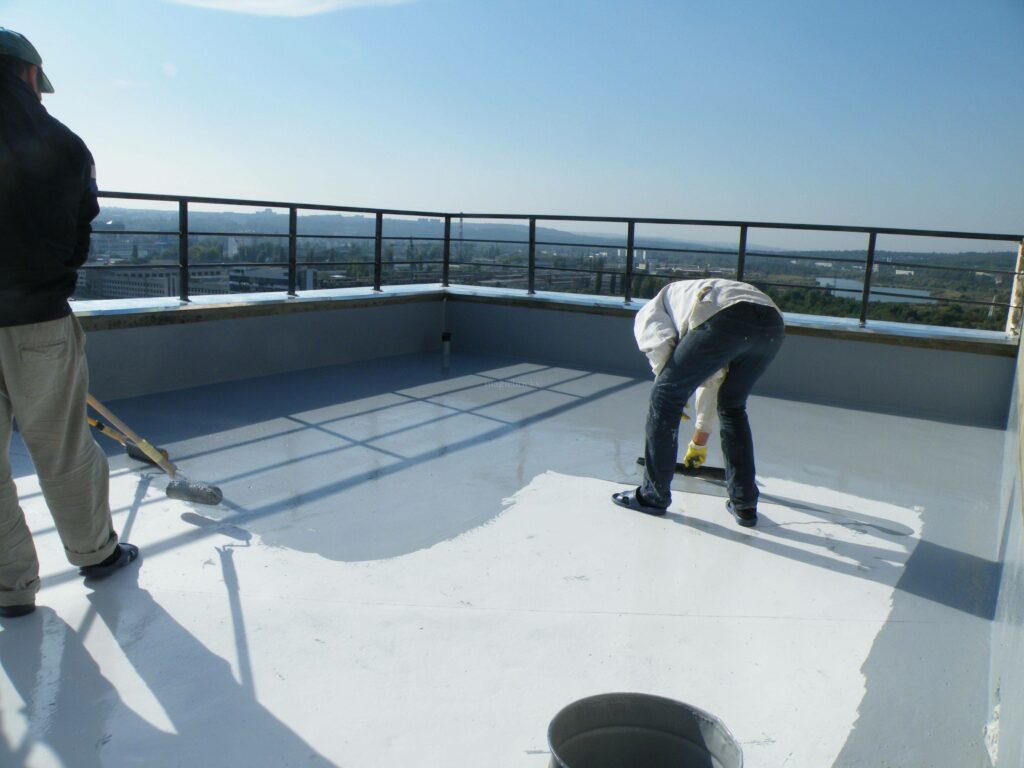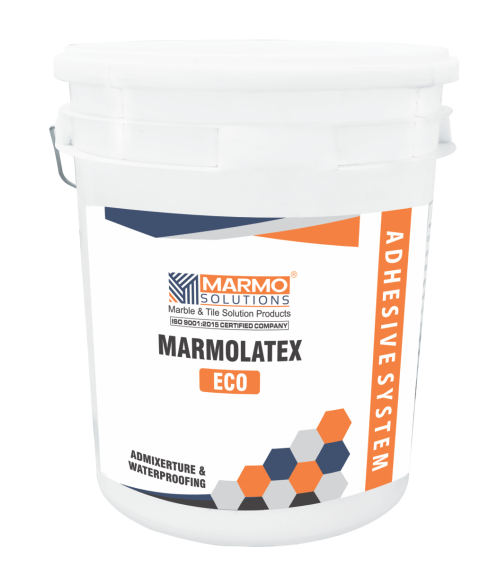Waterproofing is a method that prevents water from penetrating your house. Waterproofing is very important as it helps keep your house dry. It helps reduce humidity inside the house and thereby covers things inside your house from damage caused due to humidity or water exposure. It is also important for the veracity of the building. Waterproofing is the process of making a surface or structure waterproof or water-resistant so that it remains relatively unaffected by water or resisting the ingress of water under specified conditions. Such items may be used in wet environments or underwater to specified depths.
India, known to have a tropical climate, receives ample rainfall. While this does sound like a great thing, it sometimes leads to problems such as leakage. Leakages from drainage systems and surrounding water bodies form a threat to the home’s substructure. The overhead problem can only be solved if stringent measures are taken beforehand.
One of the best means to keep your home safe during such circumstances is by employing waterproofing solutions. While we care for our homes and decorate them with the best, it is essential to look out for and rectify any potential leakages that may hinder the beauty of it in the future Marmo Waterproofing Solutions is one of the best ways to control potential leaks in your home.
When should one opt for Waterproofing Solutions?
Waterproofing one’s home is an important part of any home building project. We don’t want to see our homes leak now and then. Hence, taking up waterproofing as a practice assures that the structure preserves its strength and beauty for a long tenure.
In a true sense, house waterproofing should be taken up as a measure while building a new home as well as can be done while enhancing.

Reasons why waterproofing is suitable for new homeowners
- Prevents Frequent Leakages
- Enhances the Durability of the Structure
- Minimizes Reoccurring Expenses
Reasons, why waterproofing for existing homeowners is suitable
- Prevents hassles of repetitive repairs
- Puts an end to damaged interiors
- Avoids health issues arising out of dampness
Products Specification
Marmo Latex Eco: Is Eco friendly, water-based elastomeric latex for normal and rapid setting mineral adhesive, ideal for use in green building. Solvent-free safeguards the health of both operators and the environment. It increases the longitudinal and transversal deformation of adhesives, guaranteeing unaltered workability and safe, easy and eco-friendly laying.
Formaldehyde and phthalates are not present in the formulation to guarantee safer on-site use. Water-based limits the risk of loads that could be harmful and dangerous to the environment during storage and transportation.
Product Strengths
- Increases substrate adhesion and Do not alter interval before normal use
- One pre-dosed 8kg can per bag of Marmo flex-T.
- Does not alter workability times of normal and extra-fast setting mineral adhesives.
- Recommended as an additive for substrates and materials subject to extreme deformation.
Features and Benefits
- Category: Liquid organic products
- Class: Mineral adhesives with SAS technology
- Water-based formulation
- Non-toxic and non-hazardous
- No environmental hazard rating
- SOLVENT FREE
Usage Area
Eco-friendly latex-based elastic additive for all types of mineral or cement-based adhesives.
• Extra fast setting mineral adhesives
• Normal–setting mineral adhesives
Material that can be bonded:
Homogenous tiles, glass, ceramic tiles, Cotto, kinker and ceramic mosaic, of all types and formats Natural stones, recomposed materials, marble Internal and external flooring and walls, in domestic, commercial and industrial applications and street furniture, in environments subject to heavy traffic, swimming pools, baths, fountains, for laying on deformable substrates, also in areas subject to thermal shock and freezing.
Application
Substrates must be absorbent free from dust, oil and grease, free from any rising damp, with no loose, flaky material. The substrate must be stable, without cracks and have already completed the curing period of hygrometric shrinkage and the uneven area must be corrected with suitable smoothing and finishing products.
Use Marmo latex eco as a partial or full replacement for mixing water. After having mixed the powder with the indicated quantity of Marmo latex eco, it is necessary to adjust the consistency of the mixture by adding water according to the type of application required, until a smooth, lump-free paste is obtained.

The adhesive, mixed with Marmo latex eco can be applied with a suitable toothed spreader (noch), to be chosen according to the size and type of the tile. Using the smooth part of the spreader, apply an initial fine layer to adjust absorption of the substrate with such a quantity of product as will allow for laying of the covering material within the open time. In the external application use the double–spread technique to ensure 100% wettability of the tile backs. Marmo latex eco does not alter the hardening time of the adhesives and in warm, dry or windy climates check the open time, which may be reduced.
Residual traces of Marmo latex eco can be removed from tools with water before the product has hardened.
Preparation
Use Marmo latex eco as a partial or full replacement for mixing water. After having mixed the powder with the indicated quantity of Marmo latex eco, it is necessary to adjust the consistency of the mixture by adding water according to the type of
application required until a smooth, lump-free paste is obtained.
Proccess
- Clean the surfaces thoroughly, as they should be free from oil, grease, dust, debris and unsound substrate.
- Starting at a low point from the roof, unroll the 1.5 -2.0 mm membrane after 1-2 hours of application of primer or once the primer has reached dry condition.
- Align the membrane roll correctly & re-roll it half in alignment before torching. Avoid shifting of the membrane while torching.
- Use gas burner to heat substrate & underneath to softening points. When the embossing disappears, roll forward & press firmly against the substrate to bond from the lower end towards the higher end. Ensure sufficient bleed on the side & end overlaps.
- Keep doing the above process until one-half part of the roll torching is done. Afterwards, repeat the same process as explained above for the half-untouched roll.
- For another new roll to be torched maintain an overlap margin for a minimum of 100-mm at both the side and lower end.
- Heat both the overlaps & use the round-tipped trowel to seal overlap. The excess compound should be smoothened & pressed into the seam using a hot trowel.
- In the case of the non-sanded membrane, sprinkle sand on the top surface by touching the top of the membrane for better adhesion.
- Apply two coats of Aluminium paint over the finished membrane
Tags: Waterproofing, water exposure, water-resistant, transversal deformation, hygrometric shrinkage.


